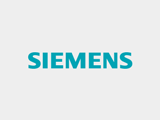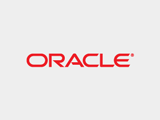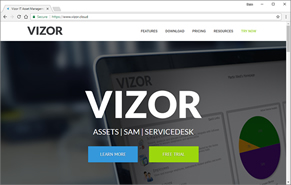You are here :
- Home
- Components
- Application Package Policy Manager (PPM)
Key Capabilities and Features
- Your organization’s licensing requirements can be defined and quantified using the Application Package Policy Manager (PPM). PPM provides a Policy-based methodology to define which applications are appropriate for particular groups of PCs.
- Policies can be defined from an application perspective. I.e. a Policy could be defined that lists all the PC groups for which a particular accounting package is appropriate. Application Policies can be defined for single or groups of applications.
- Policies can also be defined from a PC perspective. I.e. for any combination of Fixed PC Groups, Dynamic PC Groups, or specific PCs, specific applications can be defined as Mandatory, or Optional, or Prohibited.
- Both application and PC based policies can be defined. PPM resolves any duplications.
- Organizations often use PPM to support the planning and optimization on their most expensive applications. There is no need to commit to a total enterprise-wide all-applications project. 80% of the benefit will often come from paying attention to 20% of the applications.
- PPM provides a set of Compliance reports to reveal anomalies between planned and actual application installations. It also reveals instances of Mandatory applications (such as a virus scanner) for which the Software Usage Monitoring Component is reporting no usage.
- Organizations often use PPM to monitor the deployment of critical groups of applications – such as a set of security applications – and check the versions of signature files are up to date.
Web-based Reporting
The Asset Reporting Portal provides Web-based access to the very powerful combination of application requirements information created by the Package Policy Manager with actual usage information. Drill down reports combine information about the planned deployment with the reality of where it is actually installed and where and how much it is actually used. Reports reveal anomaly situations, such as where applications are installed outside of Policy definitions, and where applications are correctly installed but appear to not be used. The information generated supports pro-active optimization of software assets.
License Harvesting
Comparing the assessment of license requirements generated by PPM with the actual software usage information collected over extended periods provides firm information to support projects to harvest and reallocate unused application licenses.
Application Virtualization
In discussion with customers, Vector finds that a universal starting point for discussion of whether to virtualize desktops is an understanding of the nature of the organization’s use of its applications software. PPM provides a great way of gathering and collating information to define the organization’s requirements for access to any given application.
Available in these Solutions
Application Package Policy Manager (PPM) is exploited in these IT Asset Management Solutions













